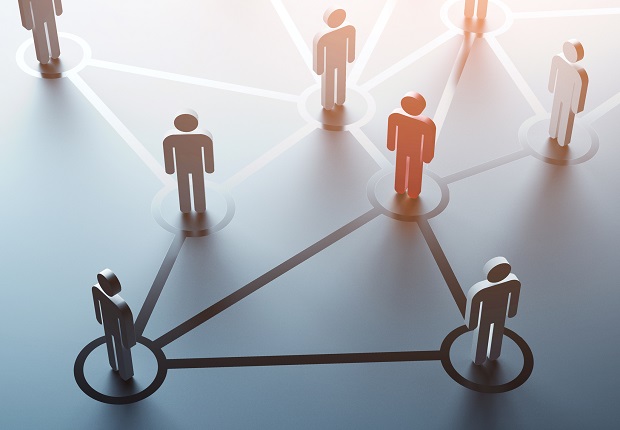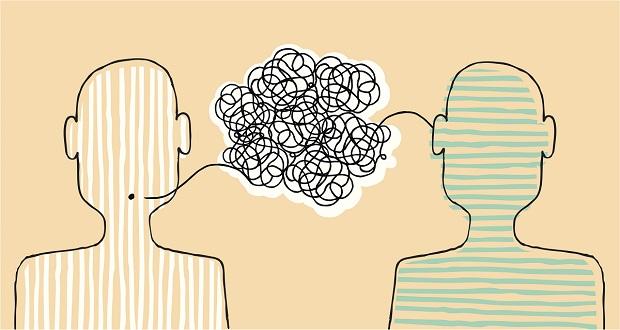
As part of our series on “Why Diversity & Inclusion Programs Succeed”, we’ve discussed the role that senior leadership engagement and a developmental approach to training both play in executing a sustainable diversity and inclusion (D&I) strategy. This week, we explore another factor for a successful diversity and inclusion strategy: Cross-Functional Collaboration.
More often than not, the D&I function reports into human resources (HR). For some organizations, diversity and inclusion may reside within an area of its own reporting into HR, while in others, D&I is buried in other HR functions like talent management and acquisition or employee engagement. In more progressive organizations, diversity and inclusion is a function of its own, and the Chief Diversity Officer (CDO) reports directly to, or is within two reporting relationships from the CEO.
The Winters Group believes that diversity and inclusion should be integrated into all organizational processes, so the latter organizational structure, is more likely to support a broader, more comprehensive strategy. Likewise, diversity and inclusion should not be viewed as something that the organization does in addition to its mission, but instead, it should be an integral part of the organization’s vision and mission. An organization that has fully integrated diversity and inclusion into its organization, doesn’t have a separate diversity and inclusion mission.
The business case for diversity can be summed up in three components: (1) workforce, (2) workplace and (3) marketplace, and diversity and inclusion strategies should be developed around these three areas.
- Workforce: New entrants into the workforce are becoming more diverse. What is your employment brand? Will new entrants into the workforce be attracted to your company?
- Workplace: What is your organizational culture? Is it a welcoming and inclusive culture that will retain diverse employees?
- Marketplace/Community: What is your image in the community? How well do you connect to the community with your corporate social responsibility programs? Do you understand the needs for your emerging, diverse market segments?
The Global Diversity & Inclusion Benchmark model conceptualizes these areas into three categories: internal, external and bridging. Most of these areas fall within organizational functions that are beyond the scope of Human Resources, thus making cross functional collaboration critical to success.
| Internal Categories—Attract & Retain People | Bridging Categories—Align & Connect | External Categories—Listen to and Serve Society |
| Category 4. Recruitment, Retention, Development, and Advancement. Describes the creation of a culture of inclusion that enhances professional excellence and supports selection, retention, and advancement. Ensures that D&I is an important part of hiring and selection. | Category 8. Assessment, Measurement, and Research. Evaluates the way diversity and inclusion is measured, whether the organization does research to support diversity and inclusion strategies, and the organization’s assessment processes around diversity, inclusion, and organizational culture. | Category 11. Community, Government Relations, and Social Responsibility. Covers the organization’s efforts to engage and invest in its communities. This category also covers government relations and social responsibility. |
| Category 5. Benefits, Work-Life Integration, and Flexibility. Describes the way work is organized and the extent of flexible work arrangements. Gauges the benefits and services provided to employees to meet their needs and concerns. | Category 9. D&I Communications. Describes how diversity and inclusion is articulated, promoted, and embedded into the organization’s internal and external communication strategy. | Category 12. Products and Services Development. Gauges the organization’s recognition of the diversity of its customer base and its effectiveness in designing and delivering products and services to current and future customers. |
| Category 6. Job Design, Classification, and Compensation. Explores the way jobs are designed, classified, compensated, and assigned. Includes assessment of reward and recognition systems and how an organization is fair and equitable. | Category 9. D&I Communications. Describes how diversity and inclusion is articulated, promoted, and embedded into the organization’s internal and external communication strategy. | Category 13. Marketing and Customer Service. Surveys the organization’s recognition of the diversity of its customer base and its sensitivity to the nuances of language, symbols, and images used in its distribution, sales, and marketing strategies, thereby attracting and satisfying prospective and current customers. |
| Category 7. D&I Learning and Education. Explores diversity and inclusion awareness, skill-building training and education, and the integration of such training into all training and development. Explores the extent to which performance improvement and training are provided equitably. | Category 10. Assesses how the organization connections and aligns D&I and sustainability initiatives—environmental, social, and economic policies. | Category 14. Supplier Diversity. This includes the processes of selecting, contracting, and interacting with the organization’s suppliers and vendors in a manner that supports and grows diversity and inclusion values and goals along the supply chain. |
Realistically, it can be particularly challenging for the HR function to affect this degree of change across an organization without the necessary support, resources, and influence. That is why in some organizations the scope of impact of diversity and inclusion is limited to training or recruitment, yielding a comparatively smaller return on investment.
In those organizations where diversity and inclusion is buried or limited to HR, we recommend our clients establish a diversity and inclusion leadership council. These councils are typically made up of organizational leaders from across the business and from various functions (Customer Service, Marketing, Procurement, HR, Training, Community Relations, Communications, etc.). An executive level diversity and inclusion council, includes those leaders who have ownership of those functions, and who have the power to effect change. Engaging leaders beyond HR, sends the message that diversity and inclusion isn’t just a “compliance exercise” or HR initiative, and rather a critical component to how the organization does business.


















